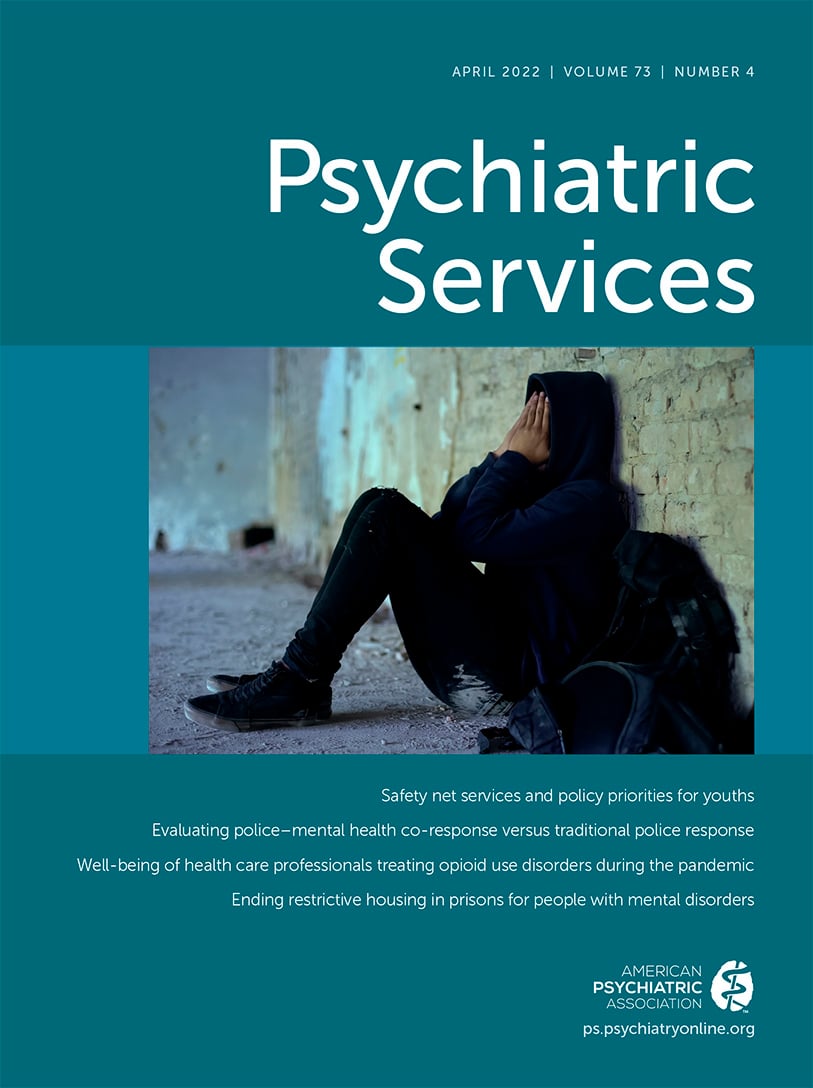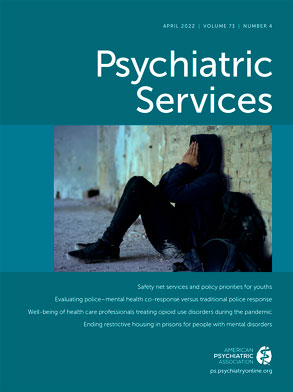Some of humankind’s most cherished beliefs—what we believe happens after death, whether true love really exists, what it means to live a moral life—seem almost inseparable from our sense of who we are. The same brain areas engaged in emotion, feeling, and maintaining homeostasis of the organism—truly rudimentary structures such as the insular cortex and amygdala—are also activated when we summon our most cherished, deeply held beliefs (
1). Such existential beliefs are so fundamental that we often lose sight of how we came to hold them, and I wonder how we revise them when presented with conflicting or “better” ideas.
I have thought a lot about belief, because Judaism was at the forefront of my upbringing. The private school I attended until high school was Jewish, meaning I was taught Hebrew as a second language and studied the history of the Jewish people, from the tenets of the Old Testament, to the Holocaust, to modern-day Israeli geopolitics. I attended a Jewish summer camp at age 7 and had a bar mitzvah at age 13. Friday nights were accompanied by challah and candle lighting, the High Holidays were spent in synagogue, and on Passover we ate only matzoh.
My religious worldview, however, came crashing down. I can vividly recall the first time I noticed a mismatch between what the Jewish faith was claiming and what other schools of thought, such as science, were claiming. I was writing a sermon for my bar mitzvah service, attempting to analyze the first chapter of the Torah (“Bereshit—In the Beginning”), the story of creation. I was sitting in my rabbi’s office, trying to decipher this strange account of how our universe came to be, when it dawned on me that if what I had just learned about evolution and the process of natural selection in biology class was true, then the Bible, and the notion of a creator or supernatural being who wrote the manuscript on how to live a moral life, must be false. The two stories were incompatible. Which was offering a more accurate picture of reality? My skepticism was born on that day, and it grew fierce.
I gravitated toward the sciences in high school and studied molecular biology and neuroscience in college. I discovered philosophy and epistemology and became enthralled in the science-versus-religion conflict. I found myself fully aligned with “New Atheist” powerhouses, such as Sam Harris, Daniel Dennett, Richard Dawkins, and Christopher Hitchens. I forged a materialist, evidence-based view of the cosmos and ignored anything with a tinge of religion or spirituality. I was intensely committed to finding out what was true and to the process by which we get at the truth. I judged those with different beliefs, and I viewed their ideas as inferior and sometimes, regretfully, viewed the person as inferior too. When I got to medical school, I had less and less room for open, curious self-discovery in this area. The didactic model that defined the first 2 years of preclinical medical education siloed my thinking even further. Changing course did not seem possible—what was done was done.
But then I met Adam.
Adam, 30 years old, was admitted to the inpatient psychiatric unit for odd behavior and hallucinations. I met him on the 2nd day of my first clinical rotation of my 3rd year of medical school, a time in which I had almost no experience engaging with real patients. At this point in my training, I understood psychosis and mood disorders from merely a conceptual standpoint, born of a textbook or board resource. I had little to offer real people who were having the kinds of thoughts and ideations that made it hard for them to function in society. I had even less to offer these people when the thoughts they were having were utterly at odds with my own views and intuitions.
In my first conversation with Adam, I listened to a torrent of delusions. Adam believed he was in direct communication with God at all times and that God had given him a unique role—to save every soul from damnation. He claimed that although he was the one true messiah of Earth, others were responsible for saving the souls of extraterrestrials in all dimensions of space and time. But these were not ordinary extraterrestrials—they were replicas of people here on Earth, but with a different eye color. Adam then convinced himself that as Earth’s messiah, the moment he rectified everyone’s soul, his eyeballs would morph into miniature Earths. Similarly, when the chosen messiahs of the extraterrestrials on other planets fulfilled their roles, their eyeballs, too, would morph into their respective planets.
I left the inpatient unit that night shaken to my core, flummoxed by how someone could possibly hold such beliefs about the mutual reality in which we lived. How had Adam come to such different conclusions? To get closer to an answer, I implored Adam to recall his past.
Adam had Christianity at the forefront of his upbringing. As early as Adam could remember, his uncle, who raised him, forced onto him staunch Christian dogmatism, coercing him to pursue Jesus ferociously. Adam said he would often witness his uncle being physically removed from church services by the church’s members because of his wildly unconventional style. Throughout his schooling, Adam encountered endless bullying and then rejection by women, and with these experiences he retreated further into his all-or-nothing religiosity.
I also learned that Adam had been in an accident. His own account drips with metaphor and biblical imagery—an “olive branch” hit him over the head “three consecutive times” while he and his uncle were building a wooden “sanctuary.” He claimed that the experience was profoundly transformative, and that it made him much more aligned with his uncle’s extremism. The medical team and I were able to confirm that, indeed, he was struck in the head by a tree branch during a windstorm. What to make of this?
Adam’s story was rife with opportunities for reflection. It clarified for me how religious beliefs and spiritual tendencies are born, and how these cognitive frameworks might play into one’s psychopathology. Given what we knew about his toxic relationship with his extremist uncle, Adam was committed to a strict religious ideology in his early youth, but it seemed to be an ideology that was somewhat within the cultural and social norms of his environment. Only after Adam had accumulated numerous microtraumas throughout his life—his uncle’s religious rigidity, being bullied, and then being rejected by women, even sustaining a minor brain injury (which, notably, could be quite significant given the considerable medical literature detailing the link between temporal lobe damage and/or epilepsy and religiosity) (
2,
3)—did his thinking become truly delusional and psychotic.
More importantly, engaging with Adam’s care forced me to reconsider my own rigid worldview. It was much more difficult for me to view Adam in the same light that I had previously viewed other religious people. I was used to thinking that religious people were wrong for having beliefs that were not backed by evidence, and, therefore, I thought of them as unsophisticated. But my experience with Adam, and subsequently questioning my own beliefs and how I came to them, made me realize that all the life factors that had led to Adam’s state of mind were uniquely his, just as all the factors that had led to my attitudes toward religion and spirituality were uniquely mine. We came to different conclusions not because I am morally or intellectually superior to him, but because our minds were influenced by different externalities. As soon as I considered this possibility, any feelings of judgment or contempt I had for Adam melted away. I was left with pure compassion and a desire for him to flourish.
My time working with Adam has not only shed light on what kind of relationship I want to have with spirituality, it has also influenced how I want to practice medicine. I want to explore how individuals orient themselves to physical reality and to one another. I want to pay less attention to the aspects of Judaism I find distasteful and instead rekindle a connection with the Jewish people and their rich history. I want my future patients to feel comfortable sharing their beliefs about God and spirituality, their own health, and their relationships. I now understand that facilitating this kind of practice may require stepping away from my own moral intuitions so that I can directly connect with the person for whom I am caring. Finally, I want to continue to learn from my patients, as I did from Adam, and not shy away from the process of introspection.
Introspection and scrutinizing one’s own core beliefs is hard. But this process should be embraced, particularly by physicians and those in training, because beliefs can have a powerful influence on patient care. Inherent to the process of becoming a healer to patients in their most vulnerable moments are critical opportunities to reflect on one’s own values and beliefs, including religious or spiritual beliefs. This kind of reflection is central to the process of professional maturation and makes us as clinicians better equipped to care holistically for the general medical and mental health of our patients.
Acknowledgments
The author thanks Robert T. Rubin, M.D., Ph.D., Leslie Horton, M.D., Ph.D., and Sharon Packer, M.D., for their guidance and for their assistance in writing the manuscript.

